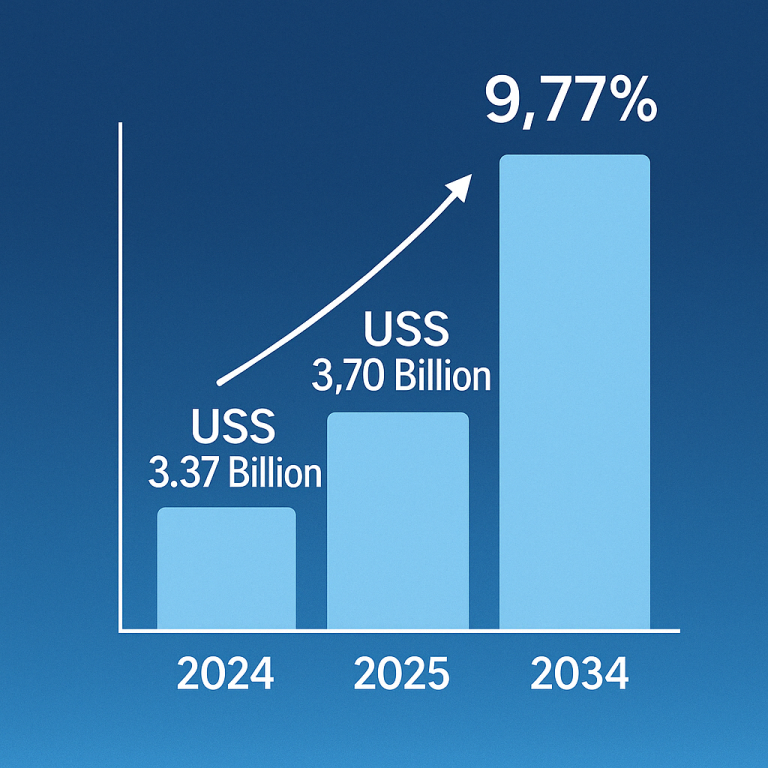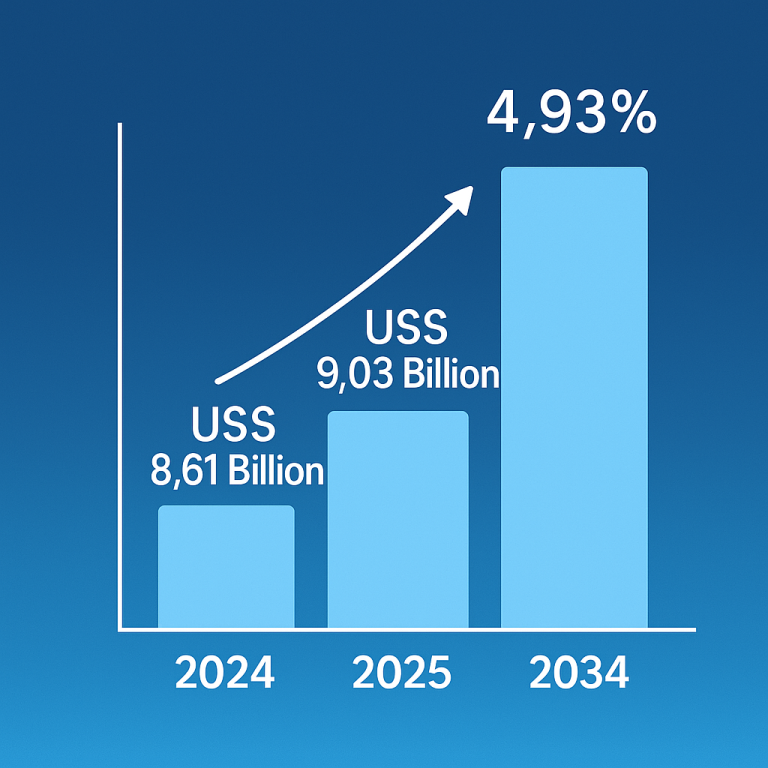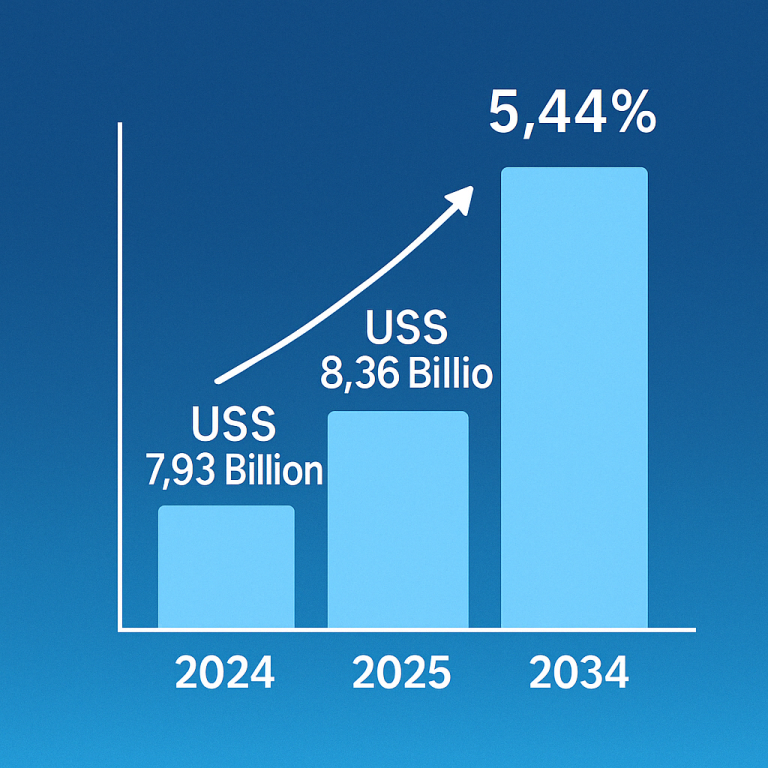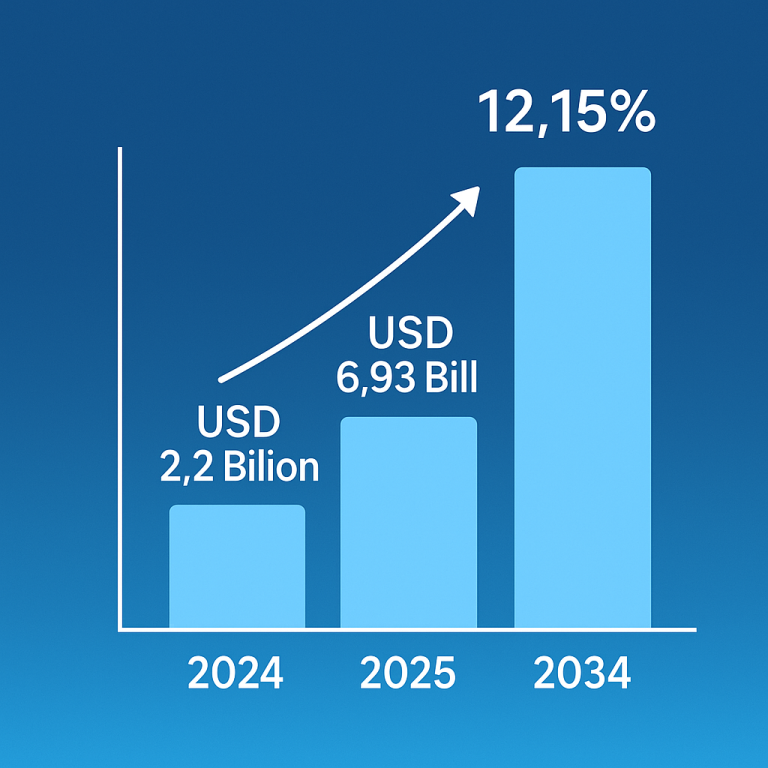Highlights from the U.S. Child Care Market Report:
- The U.S. child care market reached a size of $59.87 billion in 2023.
- It is expected to grow to $88.22 billion by 2033.
- The market is anticipated to experience significant growth, with a CAGR of 4.3% from 2024 to 2033.
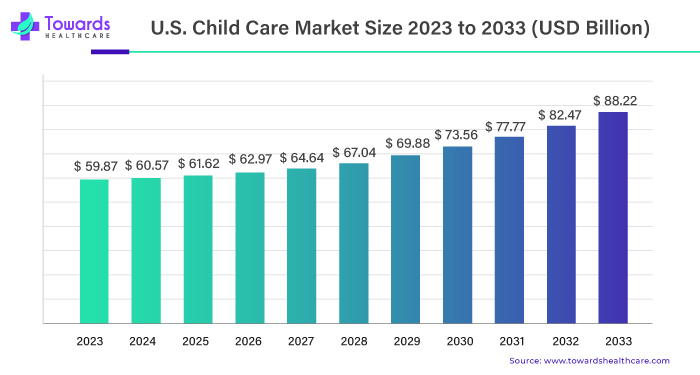
Download statistics of this report @ https://www.towardshealthcare.com/download-statistics/5105
According to Scottish Government estimates, the number of registrations for funded Early Learning Child Care (ELC) increased by 8.6% in 2022, from 6,459 in 2021 to 7,017 in 2022, as the number of working parents has increased and the demand for child care services has risen.
Child care involves caring for children when their parents or guardians are unavailable. It goes beyond just keeping an eye on them – it includes providing a safe and nurturing environment where children can play, learn, and grow. U.S. child care can occur in daycare centers, preschools, or at home with a babysitter. The goal is to support the child’s development, ensuring they are happy, healthy, and learning new things while their parents are away.
The U.S. child care market is a dynamic and vital component of the nation’s social infrastructure. With a growing emphasis on early childhood education and the increasing number of working parents, the demand for quality child care services has surged in recent years. This blog aims to provide a comprehensive overview of the U.S. child care market, exploring key trends, challenges, and opportunities that define this intricate ecosystem. To understand the present, it’s essential to delve into the past. The history of child care in the U.S. reveals a gradual evolution from informal, community-based arrangements to the structured, regulated systems today. From the humble beginnings of neighborhood babysitters to the emergence of day-care centers, tracing this trajectory offers insights into societal shifts and changing family dynamics.
More girls attend school, stay longer, and do well, but some still face challenges like dropping out of early marriages and pregnancies. As they grow up, taking care of their family often makes it challenging for them to pursue higher education or work. Globally, many women can’t work due to unpaid care duties. This hurts girls and whole countries. Sadly, lots of families lack good child care. The World Bank says 40% of young kids (350 million) need child care but can’t get it. If we improve child care, it can benefit girls, families, businesses, and economies.
When the study kicked off, there was a bit of debate among the researchers about what exactly to label as “child care.” Some thought regular care from the father should count, while others argued that only care from non-parental figures should be included. After some discussion, they decided to encompass all consistent care provided by someone other than the mother. This covered care from relatives, a single caregiver in the child’s home, small group care at a caregiver’s place, and center-based care. Most of the info here focuses on the early years, up to age 4. Once kids hit 5 and start school, their child care landscape shifts. The researchers should have delved into the experiences of school-aged children in this study.
Additionally, these findings are interesting because they help us understand the different types of child care kids receive. It’s essential to consider these aspects, especially as the global market grows, impacting how families structure child care for their little ones.
Benefits of Family Child Care Center
Family U.S. child care centers have advantages like keeping kids of different ages from the same family together all day. Also, the children and the caregiver might have a shared cultural or language connection. These care setups are more accessible in areas where regular child care options are scarce, which is the case in more than half of the country. This model fits many families based on their needs and priorities.
U.S. Child Care Market Companies
- Bright Horizons Family Solutions
- KinderCare Learning Centers
- Learning Care Group
- Spring Education Group
- Care.com
- UrbanSitter
- The Learning Experience
- Kids ‘R’ Kids
- Goddard Franchisor LLC
- Cadence Education
Discover our detailed Table of Contents (TOC) for the Industry, providing a thorough examination of market segments, material, emerging technologies and key trends. Our TOC offers a structured analysis of market dynamics, emerging innovations, and regional dynamics to guide your strategic decisions in this rapidly evolving healthcare field – https://www.towardshealthcare.com/table-of-content/us-child-care-market-size
To own our research study instantly, Click here @ https://www.towardshealthcare.com/price/5105
You can place an order or ask any questions, please feel free to contact us at sales@towardshealthcare.com
About Us
Towards Healthcare is a leading global provider of technological solutions, clinical research services, and advanced analytics to the healthcare sector, committed to forming creative connections that result in actionable insights and creative innovations. We are a global strategy consulting firm that assists business leaders in gaining a competitive edge and accelerating growth. We are a provider of technological solutions, clinical research services, and advanced analytics to the healthcare sector, committed to forming creative connections that result in actionable insights and creative innovations.
Explore the comprehensive statistics and insights on healthcare industry data and its associated segmentation: Get a Subscription
For Latest Update Follow Us: https://www.linkedin.com/company/towards-healthcare
